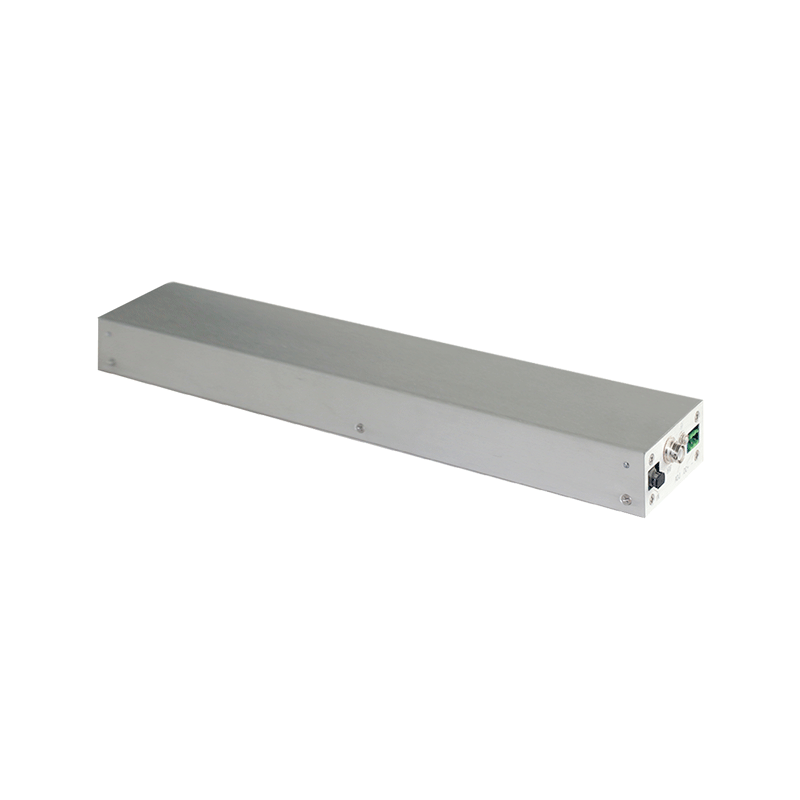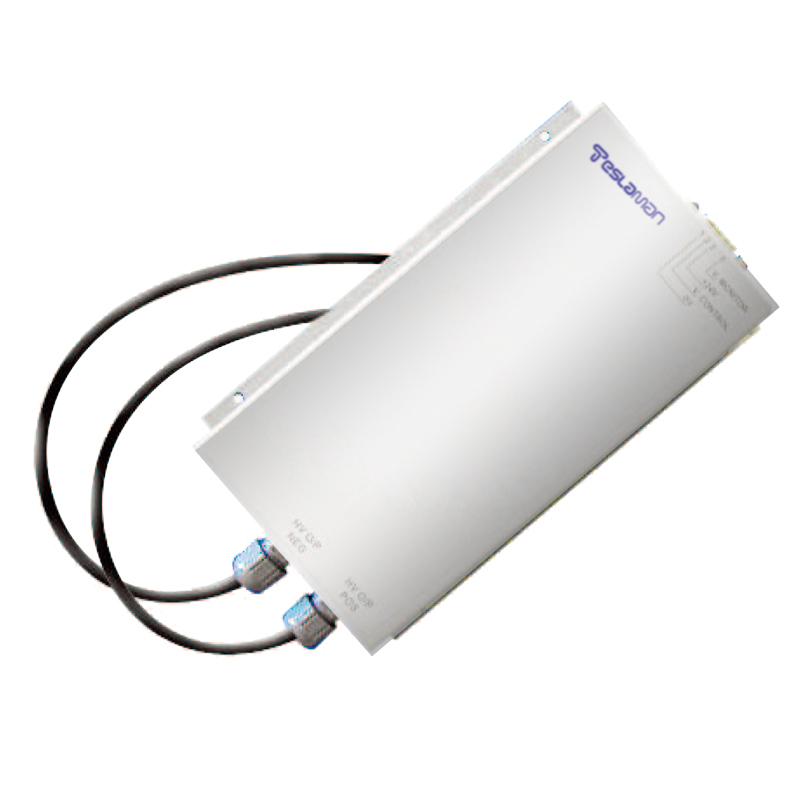Intelligent High-Voltage Power Supply Upgrades for Lithography Systems
Lithography, as the cornerstone of semiconductor patterning, demands exceptional precision, stability, and reliability from every subsystem. High-voltage power supplies support several critical functions within lithography equipment, including illumination modules, stage control subsystems, electrostatic chuck operation, and beam or plasma generation in certain exposure architectures. As lithography environments become more complex, intelligent upgrades to high-voltage power infrastructure are necessary to enhance pattern fidelity, equipment uptime, and energy efficiency.
The shift toward intelligent power architectures begins with the digitization of control loops that manage output voltage, transient response, thermal behavior, and load tracking. Digital controllers allow fine-tuned regulation, reducing noise and ensuring that voltages delivered to optical modules or electrostatic chucks remain stable even under rapid dynamic loads introduced by stage accelerations or exposure sequence changes. Improved voltage stability enhances the uniformity of wafer clamping forces, which is essential for maintaining overlay accuracy and minimizing focus errors.
Lithography tools are sensitive to even minimal electromagnetic interference, making noise reduction a primary goal in power supply design. Intelligent high-voltage systems incorporate advanced switching techniques, optimized PCB layouts, and adaptive filtering algorithms that suppress high-frequency noise. By managing switching harmonics and voltage ripple more effectively, these systems help maintain the optical stability required for precision exposure, especially at smaller process nodes where tolerances are extremely tight.
Predictive maintenance features are another pillar of intelligent high-voltage upgrades. By continuously monitoring switching behavior, transformer performance, insulation health, and thermal profiles, the power system can forecast potential failures long before they impact tool operation. This reduces unplanned downtime and helps fabs schedule maintenance without disrupting production flows. Machine learning algorithms can analyze current-voltage correlations to detect micro-arcing, insulation fatigue, or capacitor aging—conditions that may not trigger immediate alarms but have long-term reliability implications.
Energy efficiency is also improved through intelligent power management. Lithography tools consume significant power, and optimizing high-voltage delivery can reduce overall facility energy consumption. Features such as adaptive load sharing, dynamic standby modes, and intelligent soft-start sequences reduce peak loads and minimize energy waste during idle periods. These improvements not only reduce operational costs but also stabilize facility-level power distribution systems, preventing voltage dips that could affect other sensitive tools.
High-voltage power supplies in lithography systems benefit from modularity as well. Intelligent modules can be added or reconfigured to support new wavelength sources, higher-power illumination, or upgrades to stage subsystems. This modular approach simplifies system evolution to align with next-generation exposure technologies. It also enhances maintenance efficiency by allowing technicians to replace failing modules quickly without extended calibration.
Advanced communication interfaces further support smart fab environments. High-voltage systems that integrate seamlessly with factory automation networks enable real-time monitoring, remote diagnostics, and synchronized control with exposure sequences. This tight integration ensures that power delivery matches process timing with microsecond precision, particularly important for high-speed scanning and pulsed illumination techniques.
Thermal management, always a major consideration in high-voltage design, is also enhanced through intelligent control. By dynamically adjusting switching frequency, operating mode, or cooling fan speed based on real-time load analysis, high-voltage supplies minimize thermal cycling—a major contributor to long-term component degradation. Reduced thermal stress increases overall system reliability and extends component lifetimes.
In lithography systems where pattern accuracy, stability, and uptime are mission-critical, intelligent high-voltage power supply upgrades represent a significant step toward meeting the rigorous demands of advanced semiconductor manufacturing. Their contributions extend from improved exposure stability and reduced electrical noise to enhanced reliability and energy efficiency, making them essential to the evolution of next-generation lithography platforms.




















